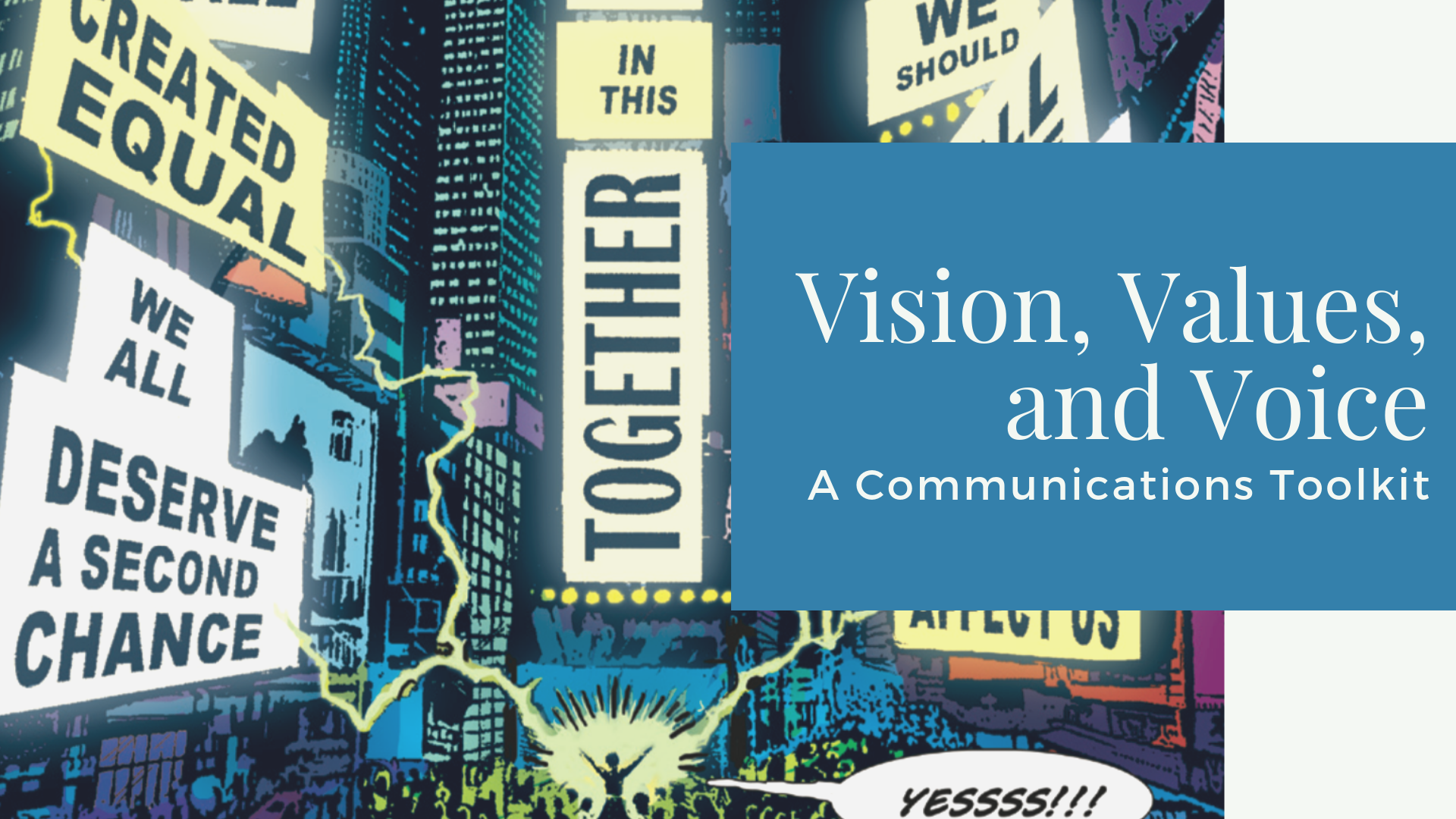Telling an Affirmative Story
We’re all faced with misleading, inaccurate, and untruthful statements about our issues. And we certainly can’t allow misinformation to go unchallenged. But the best way to counter false information is to tell our affirmative story in ways that overcome the other side’s falsehoods. By contrast, we should avoid myth busting, or restating the false argument and then explaining why it’s wrong.
Research and experience show that this only results in deepening the myth in our audiences’ minds. The repetition of misinformation can cause us to better remember it, but we won’t necessarily remember that it was wrong information. This is particularly true when information is stated in the affirmative, as happens with the “Myth/Fact” format of disputing untruths, for example: “Myth: The flu vaccine can sometimes cause the flu. Fact: The flu vaccine does not cause the flu.” The better approach is to proactively put forward what is true. “The flu vaccine prevents the flu.”
Alternatives to Myth Busting
It’s obviously important to get the truth into public discourse, particularly when lies and myths are dominating. But knowing that restating, or even referring to, the myth may only strengthen it, what can we do?
First, center on the truth, stating it up front. If you can ignore the myth entirely, without even referring to it, do so.
- Instead of: “There’s a myth that affirmative action results in unqualified students being admitted to schools they’re not prepared for, but let me explain why that’s just a myth.”
- Try: “Affirmative action helps to maintain visibly open pathways to opportunity for all well-qualified students from a range of backgrounds. We know it works, because of the improved success of all students who’ve benefited from diverse classrooms and campuses.”
- Instead of: “It’s a myth that immigrants don’t pay taxes when, in fact, all immigrants pay taxes, whether income, property, sales, or other.”
- Try: “Immigrants are significant contributors to our economy, both as consumers and taxpayers, through sales, property, income, and other taxes.”
If the lie is dominating headlines, refer to the story, but not the myth. “Immigration and stories about people coming to this country to work have been in the headlines lately. I want to tell you a few things we know about the mothers, fathers, workers, and so on who make up this group of people.”
Examine the intention behind the myth being spread. Is it merely ignorance of the truth? Is it designed to make headlines and bring attention to the myth spreader? Is it based on an untrue but long-standing historic narrative that must be first addressed? Examining why the myth is out there in the first place will help you think through your goals around countering it. In some cases, you might just need to inject some truth into the conversation. In other cases, engaging in the topic at all may only bring more headlines and attention to the myth spreader.
Remember that an affirmative position is more powerful than a defensive position. Once you’ve made the decision to engage a messaging opponent on their terms, within a conversation that they started, within their metaphors, you are facing an uphill trek. They have stated something as truth and you are stuck saying “no, it’s not.” That’s not as persuasive as starting with your own truth and your own argument, and then pointing out why other arguments are misguided or incorrect.
More Research and Resources to Avoid Mythbusting
- When Evidence Backfires, Simon Oxenham, Big Think
- The Myth About Mythbusting, Alan Jenkins, The Opportunity Agenda
- When a Lie Becomes Memory’s Truth: Memory Distortion After Exposure to Misinformation, Elizabeth F. Loftus, University of Washington



